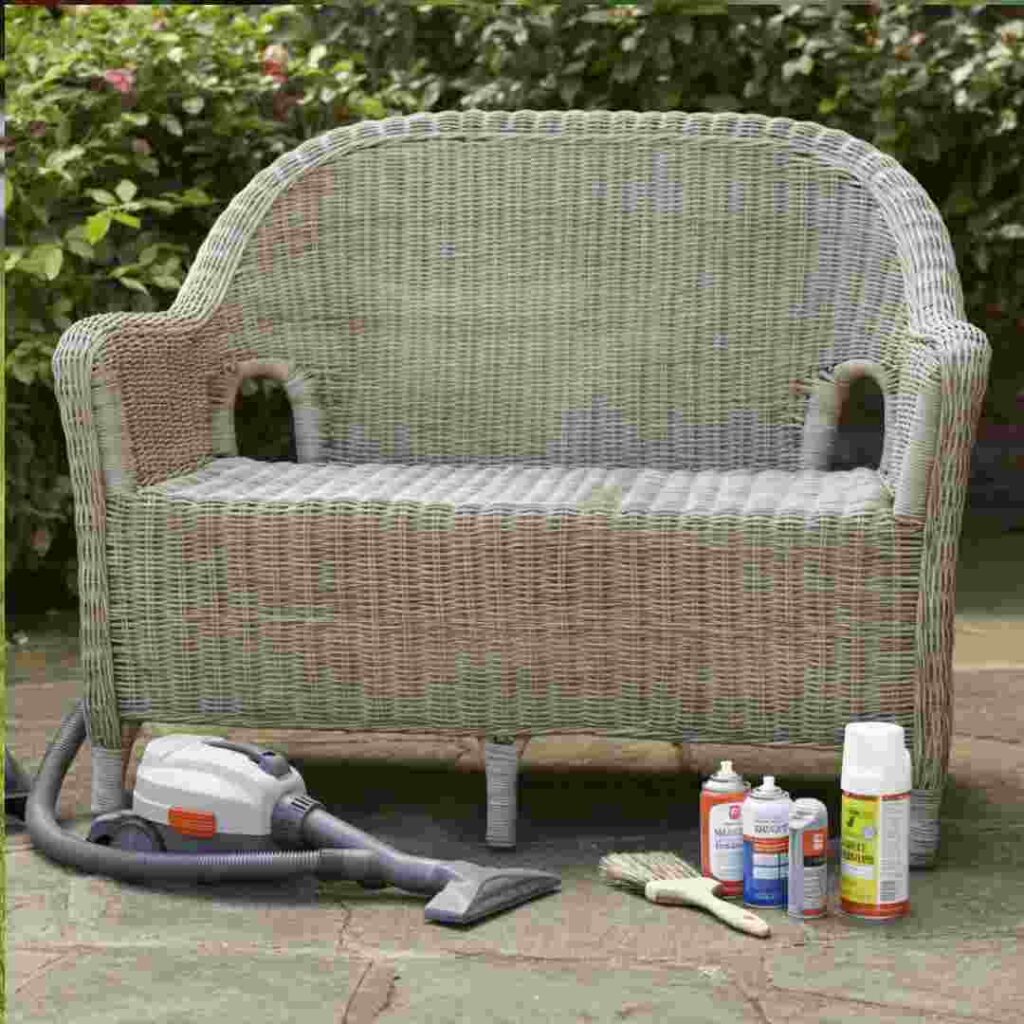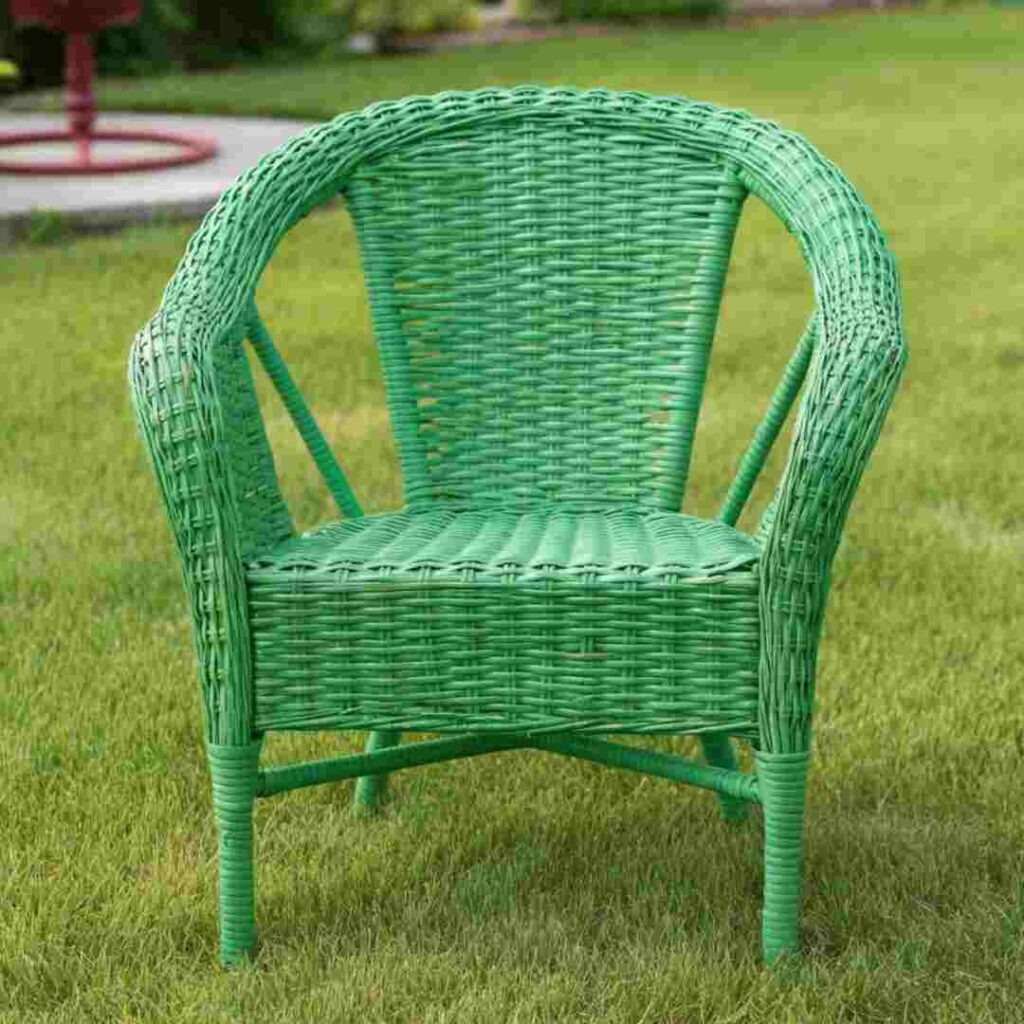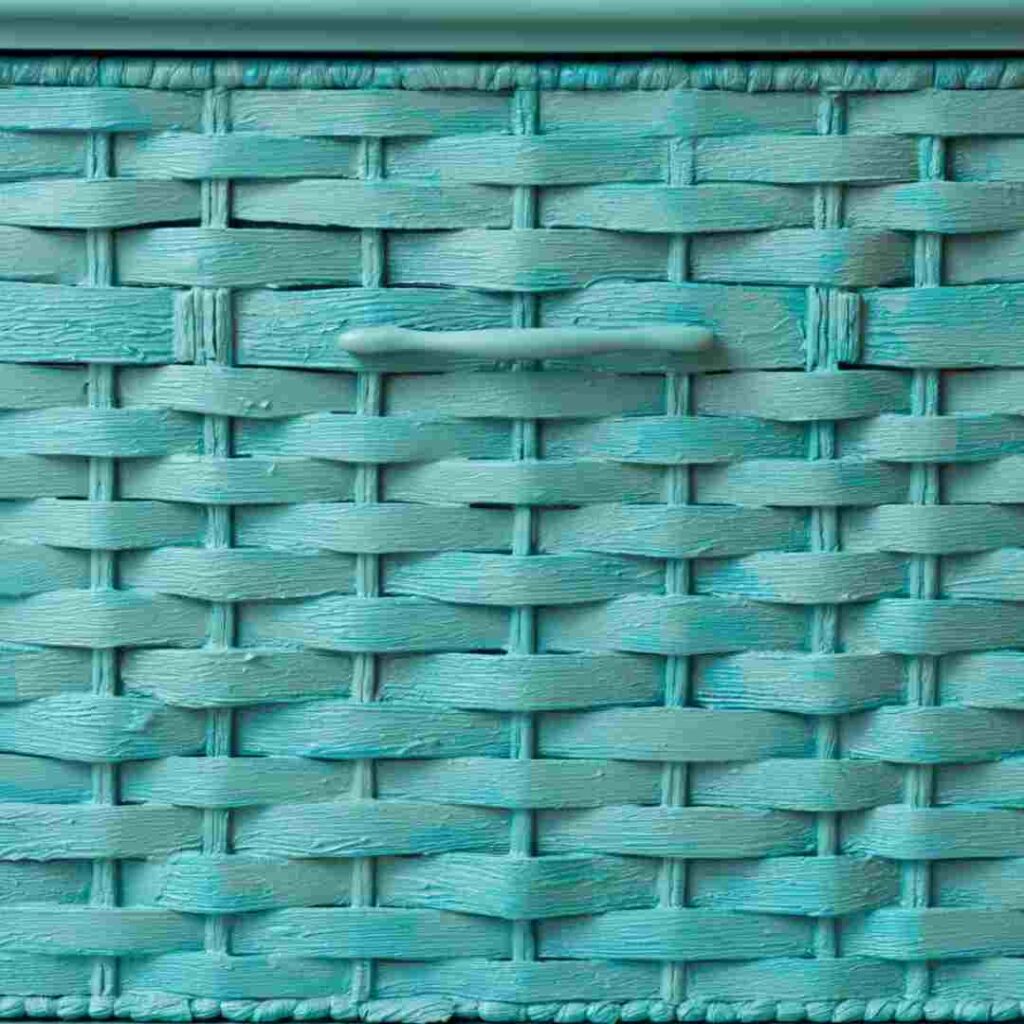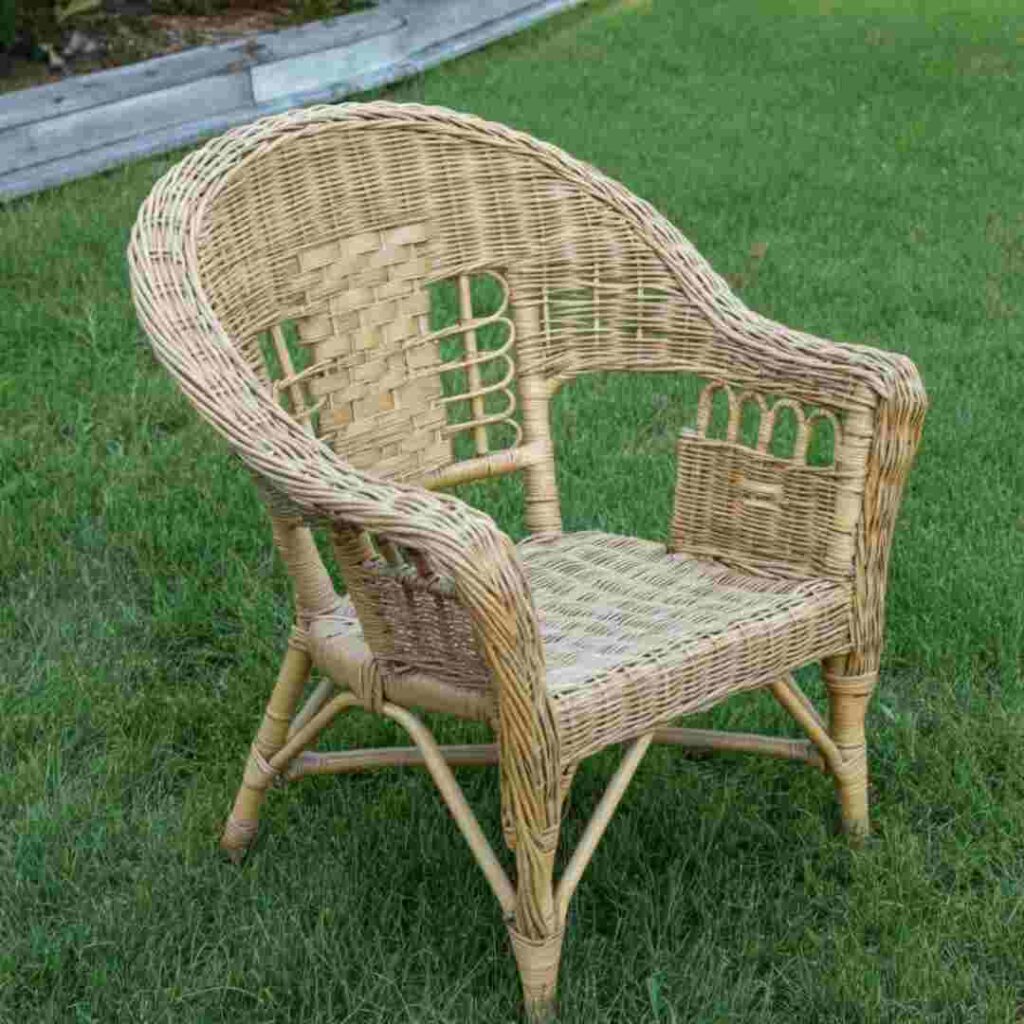Wicker furniture is a timeless choice for adding charm and texture to any indoor or outdoor space. However, that beloved wicker chair or table might look dull, worn, or outdated. Instead of tossing it out, why not give it a fresh coat of paint? Painting wicker furniture is one of the easiest and most satisfying ways to breathe new life into it.
This article will guide you step-by-step through painting wicker furniture, from prep work to finishing touches. Whether you’re upcycling an old thrift find or revamping patio furniture, this guide has all the tips and tricks you need.
Why Paint Wicker Furniture?
Painting wicker furniture isn’t just about aesthetics—it’s also a way to preserve the material. Wicker is typically made from natural fibers like rattan, bamboo, or synthetic resin. These materials can fray, fade, or deteriorate when exposed to sunlight, moisture, or regular wear and tear. Applying a fresh coat of paint enhances the look of your piece and protects it against future damage.
Plus, if the style of your space changes, paint allows you to adapt your furniture to match your vision quickly. Whether you want a classic white chair for a cozy reading nook or a bold pop of color to anchor your patio, painting is an affordable and creative solution.
What You’ll Need to Paint Wicker Furniture

Before you begin crafting your dream wicker piece, make sure to gather the right tools and materials. Here’s what you’ll need:
Materials:
- Wicker furniture (clean and in good condition)
- Paint (spray paint or outdoor latex paint works best)
- Primer (optional, depending on the paint type)
- Sealer or topcoat (for added protection)
Tools:
- Soft-bristle brush (for cleaning)
- Vacuum with a brush attachment
- Sandpaper (220-grit recommended)
- Drop cloths or newspaper (to protect your workspace)
- Paint sprayer or spray paint cans
- Small paintbrush (for touch-ups)
- Protective gloves and mask
Once you have the materials ready, you can start your wicker transformation.
How to Paint Wicker Furniture in 6 Easy Steps
Prep Your Workspace
Painting wicker furniture can get messy, so preparing your workspace beforehand is essential. Choose a well-ventilated area, such as an open garage, patio, or backyard. Lay down drop cloths or newspapers to protect the surrounding area from paint drips or overspray.
If you’re using spray paint or a paint sprayer, wear a mask to avoid inhaling paint particles.
Clean the Wicker Furniture

Start by thoroughly cleaning the piece. Over time, woven wicker can accumulate dust, dirt, and grime, affecting how the paint adheres to the surface.
Use a soft-bristled br:
- User vacuum with a brush attachment to remove loose debris.
- For deeper cleaning, use a damp cloth with mild soapy water.
Make sure the piece is arid before proceeding to the next step. Moisture trapped in the wicker can lead to uneven paint coverage or peeling later.
Inspect and Sand the Surface
Before you prime or paint, inspect the furniture for any loose or damaged areas. If you find any frayed fibers, trim them with scissors or reattach them using hot glue.
Next, lightly sand the surface with 220-grit sandpaper. While you don’t need to sand wicker rigorously, this step helps the paint adhere better and smooth out rough spots. After sanding, wipe down the piece with a damp or tack cloth to remove all sanding dust.
Apply Primer (Optional)
Applying a primer is a good idea if your wicker furniture has old paint or you’re going from a dark color to a lighter one. Primer creates a smooth, even base for the paint, ensuring better coverage and durability.
Depending on the material of your wicker, choose a spray or brush-on primer suitable for wood or metal. Apply a light, even coat and allow it to dry completely before painting.
Paint Your Wicker Furniture

Now for the fun part—painting! There are two main ways to paint wicker furniture:
Option A: Spray Paint
Spray paint is the easiest and most effective method for painting wicker, as it covers the woven texture evenly without leaving brush marks. Follow these steps:
- Shake the spray paint well before use.
- Hold the can about 8-10 inches from the surface and apply light, even strokes.
- Please start with the underside of the piece, then flip it over to paint the top and sides.
- Allow each coat to dry before applying another. Most projects will require 2-3 coats for full coverage.
Option B: Paint Sprayer or Brush
If you choose to use a paint sprayer or brush, follow these tips:
- For sprayers, use the same technique as spray paint. Ensure the paint is thinned as per the sprayer’s instructions.
- For intricate areas, use a small, angled brush. Paint in sections, dabbing gently into the crevices to avoid pooling.
Seal the Paint (Optional)
Apply a clear sealer or topcoat to protect your newly painted wicker furniture. This step is crucial for outdoor furniture exposed to UV rays or moisture. Use a spray-on clear coat for an even, protective finish. Allow the piece to dry completely before using it.
Tips and Tricks for a Perfect Finish

Test the Paint Color: Before committing to a full coat, test the paint on a small, hidden furniture area to ensure you like the color.
Avoid Thick Coats: Applying thick layers of paint can lead to drips and clog the woven texture. Always opt for thin, even coats.
Be Patient: Allow ample drying time between coats (check the manufacturer’s instructions on the paint can). Rushing the process may result in an uneven finish.
Maintain Your Painted Piece: Regular cleaning and an occasional touch-up can keep your furniture looking fresh for years.
Why DIY Wicker Painting is Worth It
Painting your wicker furniture preserves quality and adds a personal touch to your home decor. This project is an excellent way to reduce waste, as you’re upcycling rather than discarding old furniture. Plus, you get the satisfaction of creating a custom piece that perfectly complements your style.
Your Next DIY Upcycling Project Awaits

Now that you know the ins and outs of painting wicker furniture, why not try? Whether you’re a DIY novice or a seasoned home decorator, this rewarding project is fun and practical. Gather your supplies, pick your favorite paint color, and transform your wicker into something special.
Stay tuned for our upcoming guides if you want more DIY tips or unique furniture ideas. And remember to share your before-and-after wicker transformations with us!
Frequently Asked Questions
Can I paint wicker furniture without sanding it first?
While it’s possible to paint wicker furniture without sanding, sanding is highly recommended. Sanding creates a smoother surface for the paint to adhere to, ensuring a more even and durable finish. It also helps remove old paint or varnish and smooth out rough patches that might affect the final appearance.
What type of paint is best for wicker furniture?
The best type of paint for wicker furniture is either spray paint or acrylic latex paint. Spray paint is often preferred due to its ability to cover the intricate weave of wicker without leaving brush strokes. If using acrylic latex paint, apply it with a paint sprayer for an even finish, or use a brush for smaller, detailed areas.
How long should I wait between paint coats?
The waiting time between paint coats can vary depending on the type of paint and environmental conditions. Generally, you should allow at least 30 minutes to 1 hour for spray paint to dry between coats, but always refer to the paint can instructions for the most accurate guidance. Extra drying time may be needed in high-humidity or low-temperature conditions.
Is it necessary to use a primer before painting wicker furniture?
Using a primer is not always necessary but is recommended, especially if the wicker furniture has old paint or if you’re changing from a dark color to a lighter one. Primer provides an even base that enhances paint adhesion and helps prevent colors from showing through.
How do I care for my painted wicker furniture?
To keep your painted wicker furniture looking fresh, regularly dust or gently clean it with a soft cloth. Avoid using harsh chemicals that can damage the paint. If the furniture is outdoors, consider applying a UV-protective sealant to guard against sun damage. Touch up any chips or scratches promptly to maintain its appearance.
Final Thought
Painting wicker furniture is a straightforward yet fulfilling way to breathe new life into beloved pieces. With the proper preparation and techniques, you can achieve a professional-looking finish that enhances your decor. The sense of accomplishment from transforming something old into something new is gratifying. Remember, every brushstroke carries your personal touch, making each project uniquely yours. Whether revamping an entire patio set or a single accent chair, enjoy the creative process and take pride in the beautiful results of your DIY efforts.





